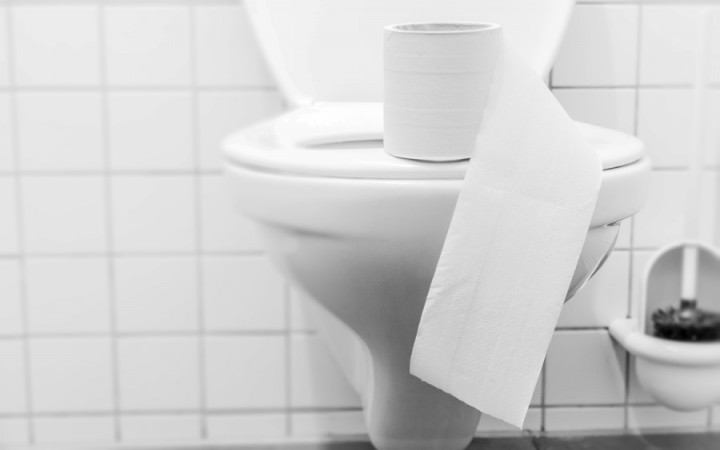Today’s Wonder of the Day was inspired by walker. walker Wonders, “who invented toilet paper” Thanks for WONDERing with us, walker!
Have you ever heard the old , "When you've got to go, you've got to go"? If you've ever been stuck in class with an urgent need to use the bathroom, then you know the meaning of that very well.
When the bell finally rings, you make a break for the bathroom to seek relief. Unfortunately, your relief turns to panic as you realize you sat down without first checking the supply of a critical resource. As you stare at the empty cardboard tube next to you, you can't believe there's no toilet paper in your stall!
You call out to the stall next to you to see if a friend might have a square to spare, but only your own voice echoes back to you. You're stuck in an empty bathroom with nothing but time to WONDER about everyday things, such as when toilet paper was invented!
Toilet paper as we know it today is a relatively-modern invention that's only been around for about 150 years. Given the length of human history, it's only natural to be curious about what was used before modern toilet paper. After all, the need to clean up after using the bathroom has been around as long as humans have existed.
Toilet paper in its ancient form has been traced back to at least the 6th century in China. Although paper itself existed long before that time, it's unclear exactly when it might have transferred uses from writing to wiping.
In ancient times, a wide variety of materials were used in lieu of toilet paper. What you used probably depended upon where you lived, how wealthy you were, and what your personal preferences were. Some items known to have been used included: grass, fur, wool, lace, leaves, rocks, sand, moss, sea weed, hay, corncobs, snow, and pages from old books or catalogs.
Of course, it wasn't uncommon for poor people to go to the bathroom in a small creek, stream, or river. They might use a cloth or their hands to clean themselves afterward. For many people, that might have been preferable to the method used by ancient Romans: a sponge on a stick kept in salt water…and shared by everyone using communal bathrooms.
Fortunately for us, Joseph Gayetty created the first commercial toilet paper in 1857 in the United States. His "Gayetty's Medicated Paper" came in pre-moistened flat sheets medicated with aloe. It didn't become popular immediately, however, since the public was accustomed to using materials they got for free rather than paying for them.
The rolled, perforated toilet paper we're familiar with today came about a couple decades later in the 1880s. It wasn't necessarily soft like we're now used to, though. Paper production techniques would often leave splinters in toilet paper (ouch!). It wasn't until 1935 that Northern Tissue advertised a "splinter-free" toilet paper.
Other advancements in toilet paper happened over the course of the 20th century. Larger rolls with softer paper became more popular. Some manufacturers began combining multiple layers of paper together to create "two-ply" and other, softer variations. Today, a trip down the paper aisle in your local supermarket will yield a wide variety of different versions of toilet paper. For such a widely-used, necessary invention, it still tends not to get much thought…until it runs out!





